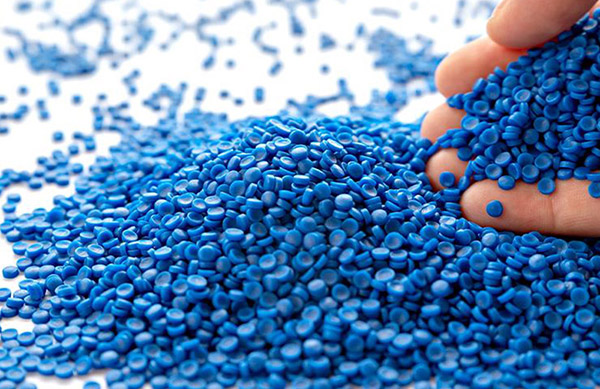PVC COMPOUNDING & PROCESSING
PVC compounds are based on the combination of the PVC polymer RESIN and additives that give the formulation necessary for the end-usage (Pipes or Rigid Profiles or Flexible Profiles or Sheets). The compound is formed by intimately mixing together the ingredients, which is subsequently converted into the “gelled” article under the influence of heat and shear force. Depending on the type of PVC and additives, the compound prior to gelation can be a free-flowing powder (known as a dry blend) or a liquid in the form of a paste or solution.
PVC compounds when formulated, using plasticizers, into flexible materials, usually called PVC-P.
PVC Compounds when formulated without plasticizer for rigid applications are designated PVC-U
PVC Compounding can be summed up as follows:
The rigid PVC dry blend powder (called the Resin), which also contains other materials like stabilizers, additives, fillers, reinforcements, and flame retardants, must be intensively mixed in the compounding machinery. The dispersive and distributive mixing is critical, and all in compliance with well defined temperature limits.
According to the formulation, the PVC resin, plasticizer, Filler, stabilizer and other auxiliaries are put into hot mixer mixing. After 6-10 mins discharge into the cold mixer (6-10 mins) for premixing. PVC compound must use the cold mixer to prevent material stick together after the hot mixer.
The mixture material after plasticizing, mixing and dispersing evenly at around 155°C-165°C is then fed to the Cold mixture. The melting PVC compounding is then pelletised. After pelletizing, the granules temperature can be dropped to 35°C-40°C. Then after the wind-cooled vibrating sieve, the particle temperature drops below room temperature to be sent to the final product silo for packaging.
THE MAIN INGREDIENTS:
PVC formulations include different types of additives which assist in imparting a large range of physical and chemical characteristics. This versatility is the main reason why PVC has been so successful as a commodity thermoplastic, from medical applications (like blood bags) to long-life applications such as Curtain Wall Profiles Thermal Break Profiles, or window frames). The unique polar characteristics of PVC permit a wide range of appropriate additives to be incorporated within the polymer. The main groups of additives are:
PVC RESIN, Plasticizer, Heat stabilizer, Impact modifier, Lubricant, Filler, Flame retardant, Smoke Suppressant, Pigment, Blowing agent, Biocide, Viscosity modifier, Antistatic agent, UV absorber, Antifogging agent and Bonding Agent.


